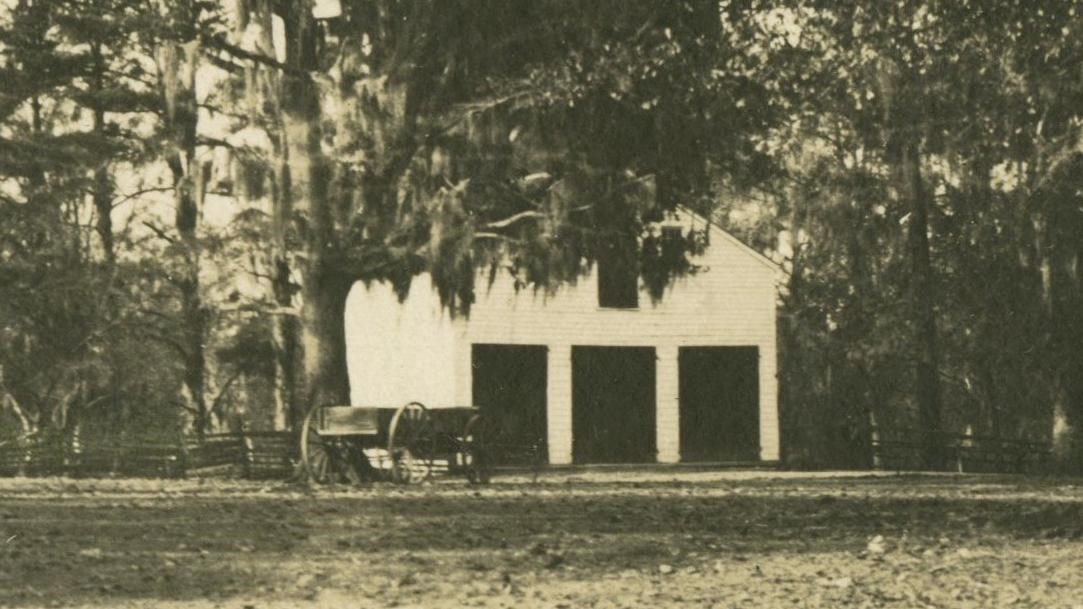Last updated: June 10, 2021
Place
Stop 15 Melrose Carriage House

NPS Archives
Audio Description, Cellular Signal, Historical/Interpretive Information/Exhibits
The carriage house is the most refined of the Melrose outbuildings. The front features classical architectural details similar to the mansion. It also has a fan-shaped louvered vent in the gable to provide air flow. It is strategically located near the stable where carriage horses and draft horses or mules would be kept. The large double doors on the backside open wide. They allow for several carriages and wagons to be housed inside. Charles, an enslaved man, is identified in family letters and papers as the McMurrans’ carriage driver. He held a post of great responsibility. He had to navigate unpaved and hazardous roads. Carriages frequently broke down. The large, powerful horses could become frightened and uncontrollable. An 1843 letter from Eliza Quitman to her husband John described such an accident: “Mr. McMurran’s horse ran off with his Barouche yesterday morning and injured the carriage very much. Charles was on his way out to Melrose to take his mistress to church, when the horses took fright and ran away.”
In 1857 a coachman met the McMurrans’ son John and his new bride Alie at the river landing when their steamboat came in late one night, and he safely delivered them to Melrose. A man named William followed in a wagon with their baggage.
Typically, upon returning from an outing, Charles would stop at the front door of the mansion to let out his passengers onto the carriage block. He would then use the teardrop-shaped gravel turnaround at the end of the driveway to return to the carriage house. There he would unharness and stable the horses.
